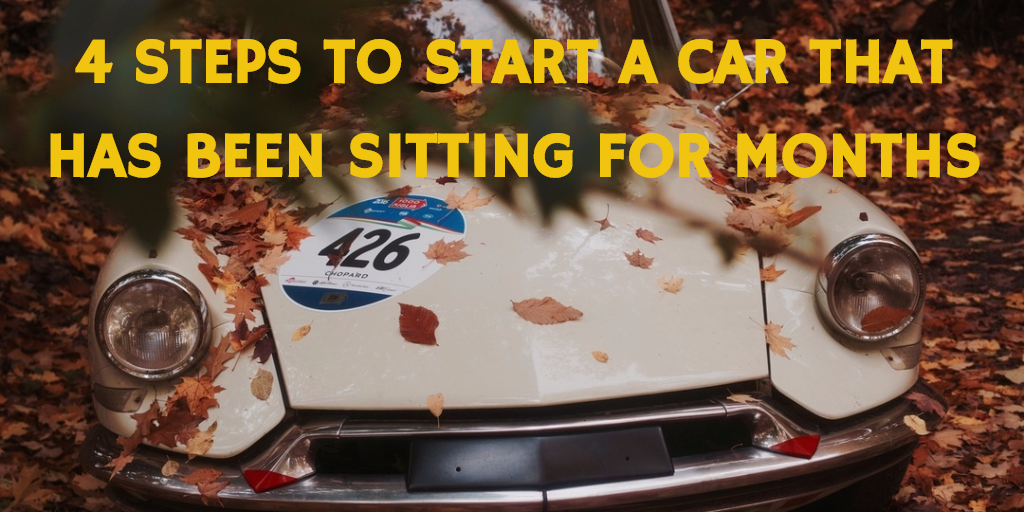Cars are designed to be used often, when they sit for a long period of time parts may get rusty and fluids in the engine and transmission may start to break down. If you find yourself needing to start a car that has been sitting for months, we have written a guide of the key steps to get it going again.
Clear the grille and wheel arches of debris
Checking areas like the grille and wheel arches for leaves, animals and general debris ensures your car doesn’t overheat when it starts. Insects and small mammals’ nests may be made out of straw and leaves, which can catch fire in a hot engine.
Check Engine Oil
For this you will need to check both the engine oil level and appearance. Locate the dipstick in the engine bay, remove it, give it a wipe down, reinsert it, then pull it out again. The oil level should be between the minimum and maximum level indicators.
The engine oil should be mostly transparent, with a light brown tint. It most commonly turns black when it needs to be changed, but any colour inconsistency should be checked. It should feel smooth, without any grit or contaminants.
Following this, use fogging oil on each of the cylinder walls of your engine. When an engine sits for a long time oil drips down to the bottom of the drain pan so the cylinders are usually dry. To fog the engine you should remove the spark plug wire and spark plug. To spark the cylinder, spray the spark plug oil in each of the cylinders. This should completely lubricate the upper combustion chamber.
Drain The Fuel Tank
This is because fuel can degrade over time, and this degradation can cause damage to the fuel system. To drain it, use a petrol hose and remove the petrol from your tank into a keg and replace it. You can dispose of your old petrol at a local recycling centre.
Check The Coolant
The engine coolant reservoir is also found in the engine bay. It is often a white color, and has hoses connecting it to the radiator. Use a hydrometer to take a sample of your coolant to check if it is in good condition. As the engine will be cold, the coolant level should be at the cold fill line.
Check The Brake Fluid
Similar to engine oil, you will need to make sure the brake fluid is in between the maximum and minimum markings and if the fluid looks healthy. Clean brake fluid should be a light golden colour.
You can find the brake fluid in the brake fluid reservoir, which is typically at the rear of the engine bay. It should have a black lid with yellow icons on it. The maximum and minimum markers should be on the outside of the reservoir.
If you check all these engine components and your car fails to start you might be able to start your vehicle with jump leads. Alternatively, you may need to add a starter fluid to the fuel pump too.
Your car should start now!
An extra tip – if you have a key ignition and you can’t start your vehicle with the car key, you can use a lock dry lube. This provides lubrication so your key can slide in and out without getting stuck.
For help finding the right parts for your vehicle visit Euro Car Parts online or in store today, click here to locate your nearest branch. With more than 250 locations across the United Kingdom you’re never far from one of our branches.


